Critical Thinking

What is critical thinking training ?
This article provides an in-depth analysis of critical thinking training, explaining what it is and why it's important. It lists several benefits of critical thinking, such as enhanced problem-solving skills, improved decision making, boosted communication abilities, and increased adaptability. The article also offers strategies for developing critical thinking skills, such as asking questions, challenging assumptions, considering multiple perspectives, evaluating evidence, avoiding bias, practicing reflective thinking, learning from mistakes, engaging in dialogue, reading widely, and seeking feedback. Overall, the article emphasizes the importance of critical thinking training for personal and professional development.

Can critical thinking training be applied to all aspects of life ?
This text discusses the importance of critical thinking and its applications in various aspects of life, including personal, professional, educational, and social settings. It emphasizes that critical thinking is a universally applicable skill that enhances decision-making abilities and promotes effective communication, creativity, and innovation. By incorporating critical thinking training into daily activities, individuals can improve their overall quality of life and contribute more effectively to society.

What are some common methods used in critical thinking training ?
The text introduces critical thinking training and presents four methods for improving critical thinking skills: the Socratic method, deductive reasoning, inductive reasoning, and reflective thinking. Each method is explained through an example that demonstrates how it can be applied in practice to foster critical thinking abilities.

How can I improve my critical thinking skills ?
Critical thinking is the ability to analyze and evaluate information or arguments in a clear, rational, and objective manner. Here are some tips on how to improve your critical thinking skills: 1. **Question Assumptions**: Challenge your own beliefs, be open-minded, and avoid jumping to conclusions. 2. **Identify Biases**: Recognize personal biases, look for patterns, and seek out diverse perspectives. 3. **Evaluate Evidence**: Assess credibility, consider context, and weigh pros and cons. 4. **Consider Alternative Viewpoints**: Brainstorm possibilities, explore counterarguments, and stay curious. Improving your critical thinking skills takes practice and patience, but it can lead to better decision-making, problem-solving, and communication skills.

How do academic competitions help students develop critical thinking skills ?
Academic competitions play a crucial role in fostering critical thinking skills among students by encouraging problem-solving approaches, stimulating creative and analytical thinking, providing opportunities for collaboration and communication, instilling discipline and dedication, and exposing students to diverse perspectives and ideas. These contests challenge students to apply their knowledge creatively, analyze deeply, collaborate effectively, and communicate clearly, preparing them for real-world problem-solving scenarios.

How can critical thinking training be incorporated into education ?
Incorporating Critical Thinking Training into Education: - Defined as the ability to analyze and evaluate information, critical thinking is crucial for effective decision-making. - Integrating it into education enhances students' learning experiences and readies them for personal and professional growth. - Strategies include curriculum design that integrates critical thinking across subjects and uses real-world applications; teaching methods such as the Socratic Method and inquiry-based learning; assessments that measure these skills; and professional development for educators. - By prioritizing critical thinking in education, students become better equipped for academic success and future careers, developing into engaged, curious, and adaptable learners.
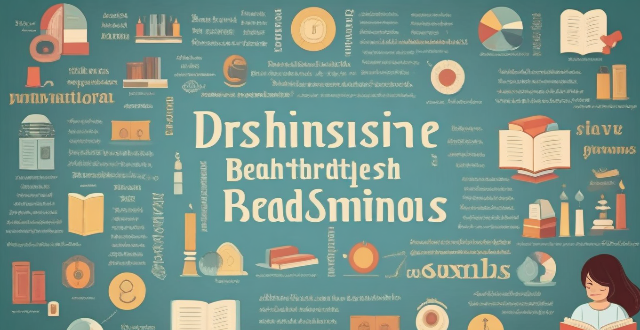
How does reading comprehension relate to critical thinking skills ?
The text discusses the relationship between reading comprehension and critical thinking skills, stating that they are closely intertwined. It explains that good reading comprehension skills enable individuals to understand and interpret written text, which in turn supports critical thinking by enhancing vocabulary, promoting inference and interpretation, encouraging evaluative thinking, and fostering open-mindedness. The text concludes that improving reading comprehension abilities strengthens critical thinking skills, enabling individuals to navigate complex challenges with greater insight and effectiveness.
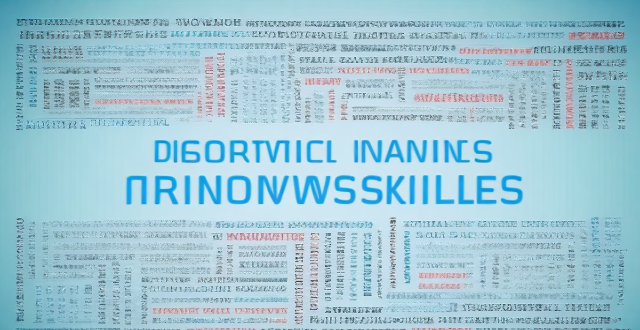
What role does critical thinking play in building a knowledge framework ?
This text discusses the importance of critical thinking skills in building a knowledge framework. It outlines four key aspects of critical thinking: identifying assumptions, evaluating evidence, analyzing arguments, and making informed decisions. By applying these skills, individuals can develop a nuanced understanding of complex issues and make well-reasoned decisions based on sound reasoning and evidence. The article emphasizes the crucial role of critical thinking in personal growth and success in various domains.

How can parents encourage creativity and critical thinking in their homeschooled children ?
To encourage creativity and critical thinking in homeschooled children, parents should create a stimulating learning environment by encouraging open-ended questions and providing varied resources. Engaging in creative activities like art and music can enhance visual-spatial skills and emotional expression. Promoting critical thinking through problem-solving tasks and family discussions can develop analytical skills. Fostering independent learning through project-based and inquiry-based learning encourages self-directed learning. Parents should also encourage questioning and curiosity, integrating technology into learning, promoting reading, and encouraging risk-taking and accepting failure to prepare their children for future challenges and successes.

How long does it take to see results from critical thinking training ?
The time it takes to see results from critical thinking training depends on factors such as individual differences, quality of training, frequency and intensity of practice, and feedback mechanisms. Short-term outcomes can be seen within 1-3 months, mid-term outcomes within 3-6 months, and long-term outcomes after 6 months or more. Consistent effort and practice are key to achieving lasting improvements in critical thinking abilities.

What are the benefits of critical thinking training ?
Critical thinking training offers numerous benefits, including improved decision-making skills, enhanced problem-solving abilities, increased self-awareness, improved communication skills, and boosted creativity. By learning how to analyze information and evaluate evidence in a clear, rational, and objective manner, individuals can make more informed decisions, find creative solutions to difficult challenges, build stronger relationships, and generate new ideas. Overall, critical thinking training can help individuals succeed in both personal and professional settings and reach their full potential.

Why is critical thinking training important ?
In today's complex world, critical thinking training is essential for effective problem-solving, communication, objectivity, creativity, and future preparedness. It enhances decision-making, collaboration, fairness, open-mindedness, and adaptability to changes. Investing in this training leads to success and positive impacts in various domains.
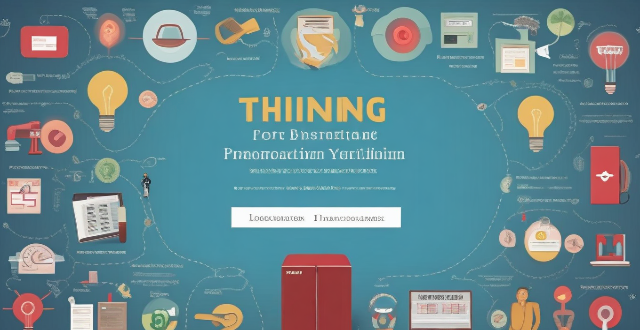
How does critical thinking training help in problem-solving ?
Critical thinking is essential for effective problem-solving. Training in critical thinking can improve problem identification, decision making, communication skills, creativity and innovation, and reduce bias and prejudice. By incorporating critical thinking training into your personal or professional development plan, you can become a more effective problem-solver and make a positive impact in your life and the lives of others.

Is there a link between improved comprehension and critical thinking abilities ?
The link between improved comprehension and critical thinking abilities is explored, with a focus on how these skills are interconnected and work together to enhance cognitive abilities. The article suggests that improving one skill can lead to improvements in the other, creating a virtuous cycle of cognitive development. Techniques for improving both skills are also discussed, including reading widely, engaging in debates, and practicing active listening.
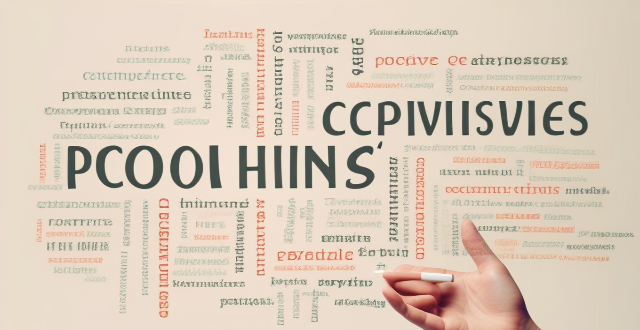
How can I develop critical thinking skills while learning about history ?
This text provides a comprehensive guide on how to develop critical thinking skills while learning about history. It starts by emphasizing the importance of understanding the basics and questioning everything. The author then suggests analyzing sources, connecting the dots, debating and discussing, reflecting and reevaluating, applying historical knowledge, practicing writing, and staying curious. By following these steps, readers can enhance their ability to think critically about various subjects and gain a deeper understanding of history.
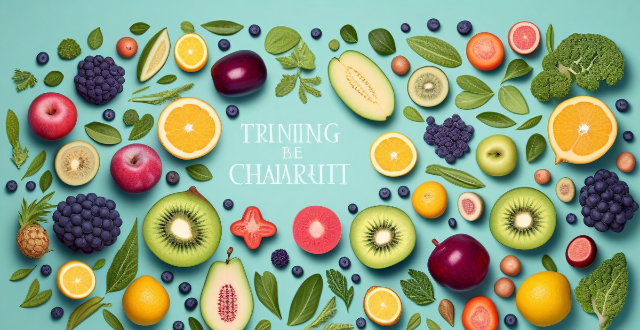
Can certain foods or dietary changes influence creative thinking ?
Creative thinking can be influenced by certain foods and dietary changes. Incorporating brain-boosting nutrients like omega-3 fatty acids, antioxidants, and vitamin B6 through foods such as salmon, blueberries, and bananas can support cognitive function. Additionally, increasing fruit and vegetable intake, opting for whole grains, staying hydrated, limiting sugar, and incorporating healthy fats can enhance creativity. A balanced diet rich in these nutrients and habits can positively impact creative thinking by providing the brain with the necessary nutrients and maintaining overall health.
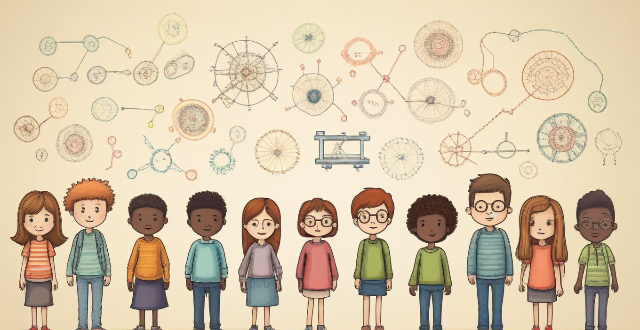
How can parents support their children in overcoming test anxiety ?
Test anxiety is a common issue among students, butTest anxiety is a common issue among students, but overcome it by encouraging positive thinking but parents can help their children overcome it by encouraging positive thinking, practicing time management, staying calm and supportive, and seeking professional help if needed. By following these tips, parents can support their children in developing the skills they need to succeed academically and beyond.

How can we prevent communication interference during critical missions ?
To prevent communication interference during critical missions, organizations should use reliable communication systems, minimize environmental factors, train personnel adequately, test equipment beforehand, and use clear and concise language. These strategies can help ensure successful completion of missions by minimizing the risk of communication disruptions.
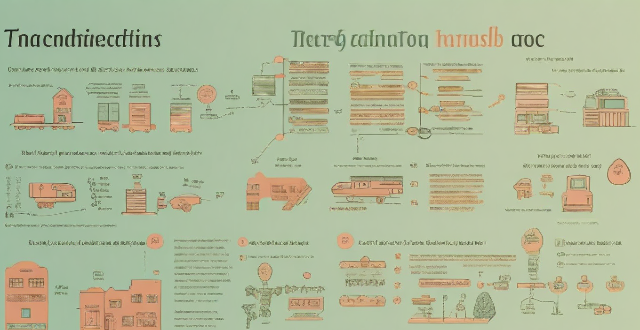
How do project-based learning and problem-solving activities fit into innovative teaching methodologies ?
Innovative teaching methodologies emphasize project-based learning (PBL) and problem-solving activities to engage students, foster critical thinking, and develop practical skills. PBL involves students in complex, meaningful projects that connect classroom learning with real-world scenarios, promoting deeper understanding, skill development, and motivation. Problem-solving activities challenge students to identify issues and find effective solutions, enhancing their critical thinking, decision-making, and resilience. Integrating PBL and problem-solving into innovative teaching involves identifying key concepts, designing relevant projects, incorporating problem-solving elements, providing resources, facilitating collaboration, scaffolding instruction, reflecting and evaluating, and assessing holistic performance. This approach creates a dynamic learning environment that prepares students for future challenges and fosters a love of lifelong learning.

Can you explain the Hazard Analysis and Critical Control Points (HACCP) system ?
本文介绍了危害分析和关键控制点(HACCP)系统,这是一种系统的食品安全管理方法,涉及生产过程中危害的识别、评估和控制。文章讨论了HACCP系统的关键方面,包括其七个原则:进行危害分析、识别关键控制点(CCPs)、为每个CCP建立临界限制、监控CCPs、建立纠正措施、验证HACCP系统的有效运行以及保持记录和文档。实施HACCP有助于预防食源性疾病,提高产品质量,减少浪费并增强客户满意度。通过遵循HACCP原则,公司可以展示其对食品安全的承诺并遵守监管要求。
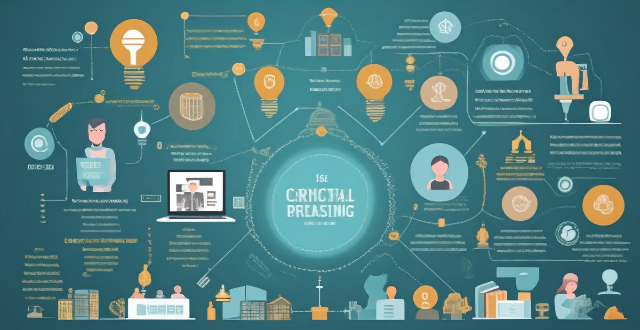
What role will education play in preparing individuals for future careers ?
Education is crucial for preparing individuals for future careers by developing technical and soft skills, fostering critical thinking, promoting lifelong learning, providing career guidance, offering networking opportunities, allowing for practical experience, broadening global perspectives, and contributing to personal development.
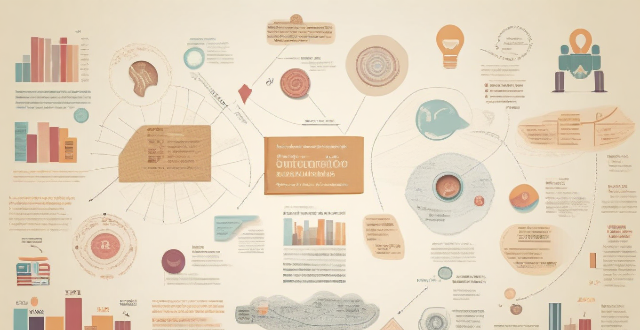
What impact does multicultural education have on student achievement ?
The article discusses the impact of multicultural education on student achievement. It states that this type of education increases students' cultural awareness and sensitivity, enhances their critical thinking skills, and improves academic performance. Students become more aware of their own cultural biases and learn to appreciate diversity, leading to better relationships with peers and teachers. Multicultural education also encourages students to question authority figures and challenge dominant narratives, promoting independent thought and creativity. Research has shown that when students feel valued and respected for their unique cultural backgrounds, they are more likely to engage in learning activities and perform well academically. Overall, multicultural education creates an inclusive learning environment that promotes equity, social justice, and respect for all cultures, preparing students for success in an increasingly diverse world.

How do inquiry-based learning techniques contribute to innovative teaching practices ?
Inquiry-based learning (IBL) is an educational approach that engages students in exploring real-world problems and challenges. It encourages critical thinking, problem-solving, and collaborative learning. IBL techniques contribute to innovative teaching practices by promoting student-centered learning, enhancing critical thinking skills, fostering collaborative learning, developing inquiry skills, integrating technology, and promoting autonomy and self-direction. By embracing IBL, educators can create an innovative learning environment that prepares students for future challenges and successes.

Can regular practice with comprehension quizzes help in improving understanding ?
Regular practice with comprehension quizzes can improve understanding by enhancing reading skills, critical thinking, vocabulary, concentration, and confidence.

What role does diversity play in multicultural education ?
The text discusses the role of diversity in multicultural education, highlighting its benefits such as enhancing cultural awareness, promoting tolerance and acceptance, encouraging open-mindedness and critical thinking, and providing opportunities for personal growth and development. The author emphasizes that embracing diversity in education can contribute to creating a more inclusive and harmonious society.

What role does collaborative learning play in innovative teaching approaches ?
The text discusses the importance of collaborative learning in innovative teaching approaches, emphasizing how it enhances student engagement, promotes critical thinking, develops communication skills, encourages autonomy and self-direction, and fosters teamwork and leadership skills.

How does multicultural education benefit students ?
The article discusses the benefits of multicultural education for students, including understanding and appreciation of diversity, enhanced communication skills, improved critical thinking, increased empathy and tolerance, career readiness, and personal growth. It emphasizes the importance of multicultural education in preparing students for a globalized world and promoting open-mindedness, flexibility, and adaptability.